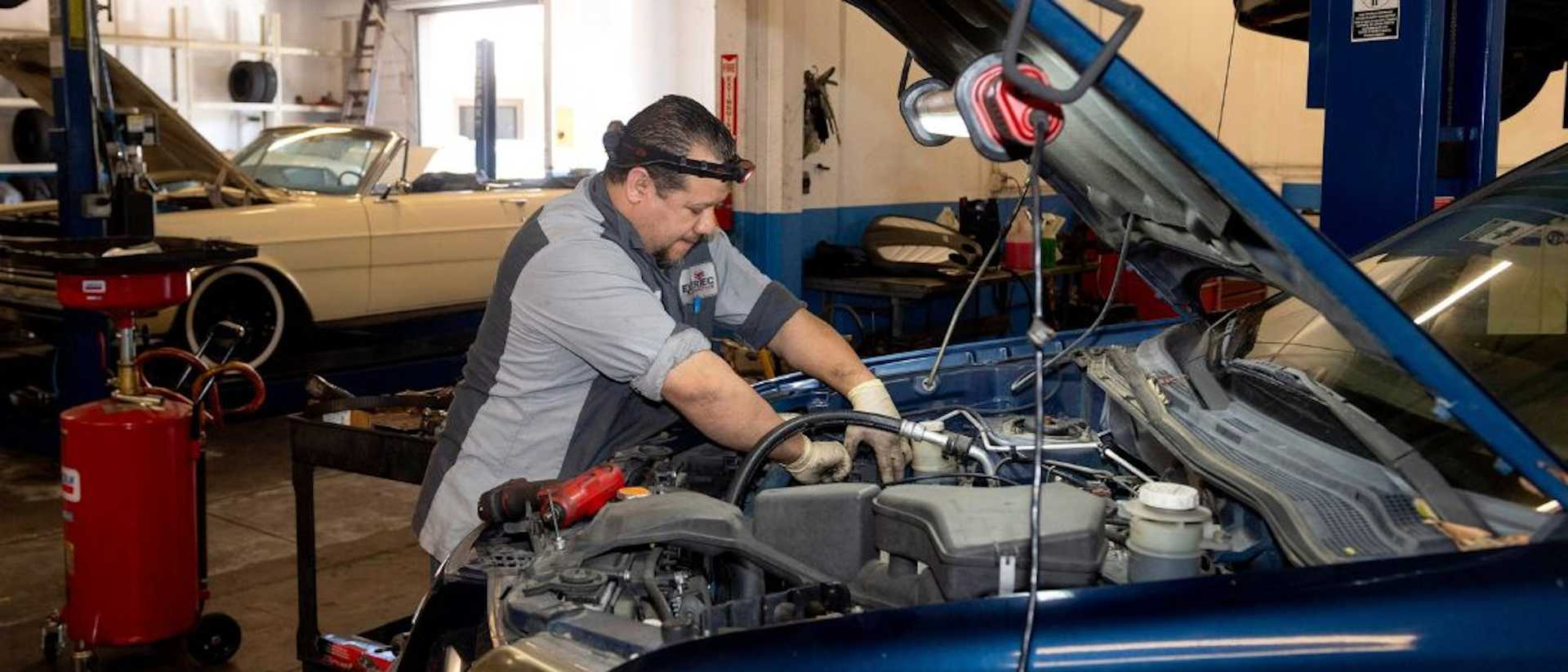Exploring Commercial Solar Systems for Sustainable Energy Solutions
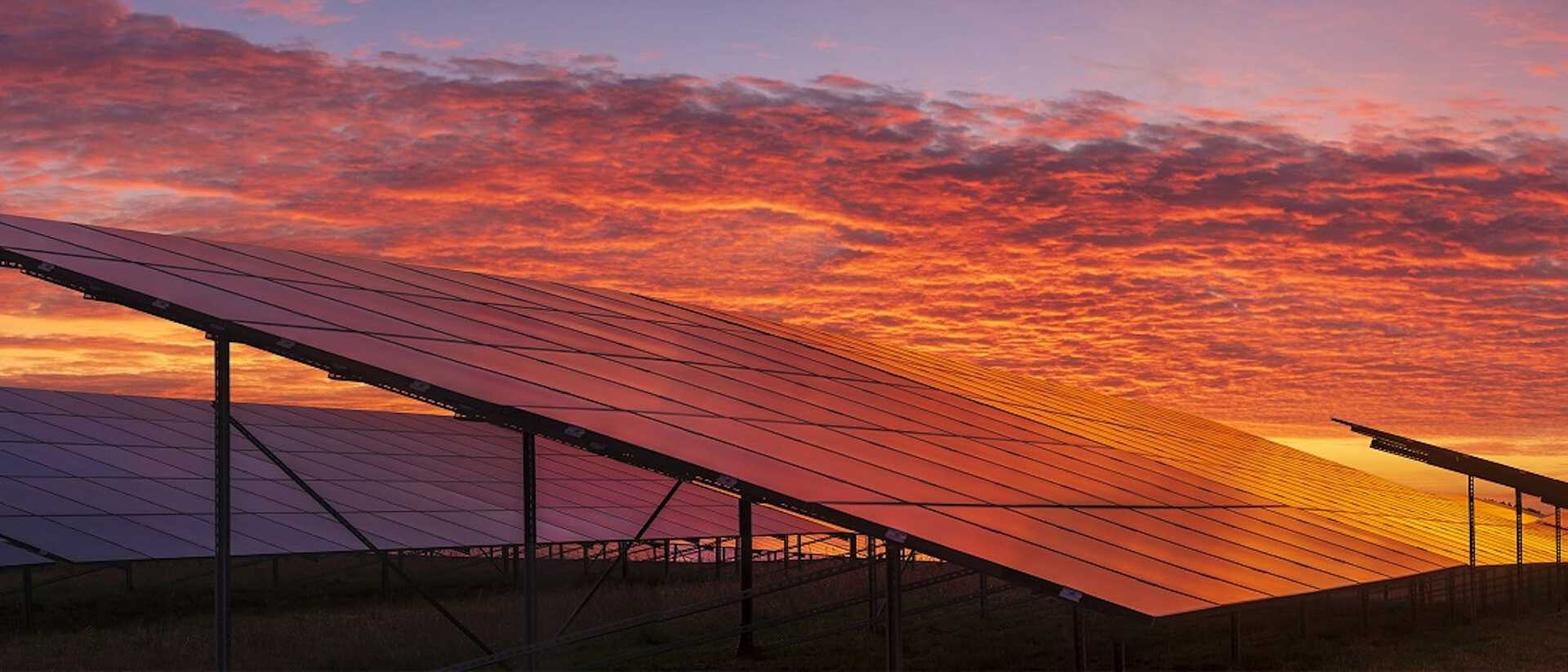
In today's world, the importance of sustainable energy solutions cannot be overstated. As a credit finance professional operating in Australia, I understand our significant role in promoting and facilitating the transition to renewable energy. With increasing awareness of climate change and the need to reduce glasshouse gas emissions, businesses seek viable alternatives to traditional fossil fuel-based energy sources.
Commercial solar systems have emerged as a promising solution, offering environmental and financial benefits. In this blog, we will delve into the intricacies of commercial solar systems, exploring how they work, their applications in different sectors, the cost considerations involved, and the advantages they offer businesses.
By understanding the intricacies of commercial solar systems, credit finance professionals like us can provide valuable insights and assistance to businesses seeking sustainable energy solutions. The financial benefits of commercial solar systems cannot be ignored. While the upfront costs may require an initial capital investment, companies can enjoy substantial long-term savings on energy bills. By generating their electricity on-site, companies can protect themselves from volatile energy prices and reduce operating expenses, improving their bottom line and enhancing their competitive advantage.
Understanding Commercial Solar Panels


How Commercial Solar Panels Work
Commercial solar panels use photovoltaic (PV) technology, which converts sunlight into electricity. The meetings consist of multiple solar cells made from semiconductor materials, typically silicon. When sunlight hits the solar cells, it excites the electrons, creating a flow of electricity known as a direct current (DC).
Critical Components of a Commercial Solar System
A commercial solar system comprises several crucial components that harness solar energy efficiently. These components include:
- Solar panels are the primary devices that capture sunlight and convert it into electricity.
- Inverters: They convert the DC electricity generated by solar panels into alternating current (AC) electricity, which is suitable for powering electrical appliances and equipment.
- Mounting systems: These structures securely hold the solar panels in place, ensuring optimal exposure to sunlight.
- Monitoring and control systems: These technologies enable real-time monitoring of the solar system's performance, allowing for efficient management and troubleshooting.
Exploring Commercial Solar Systems
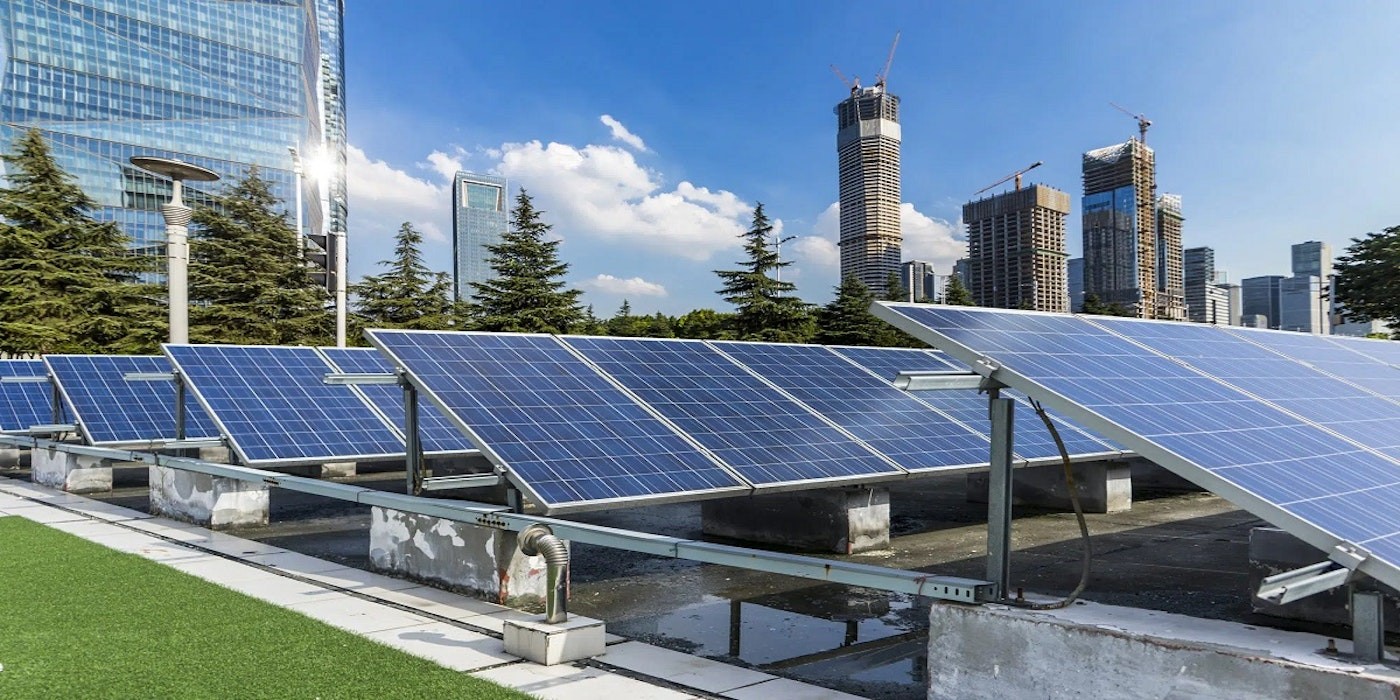
Features of a Commercial Solar System
Commercial solar systems are specifically designed for large-scale energy production and consumption. They differ from residential systems in size, complexity, and scalability. Commercial installations are often customised to meet the specific energy needs of businesses, allowing for maximum efficiency and long-term savings.
Benefits of Commercial Solar Systems
The adoption of commercial solar systems offers numerous advantages to businesses in Australia. These benefits include:
- Reduced energy costs and long-term savings: Solar energy provides a clean and cost-effective alternative to traditional fossil fuel-based electricity. By generating electricity on-site, businesses can significantly lower their energy bills and protect themselves from fluctuating energy prices.
- Environmental advantages and carbon footprint reduction: Commercial solar systems help reduce greenhouse gas emissions and promote sustainability. By embracing solar energy, businesses can showcase their commitment to environmental responsibility, attracting eco-conscious customers and stakeholders.
- Energy independence and resilience: Generating electricity from the sun grants businesses energy independence, reducing their reliance on the power grid. This self-sufficiency enhances stability during power outages and ensures uninterrupted operations.
Applications of Solar Energy in Various Sectors
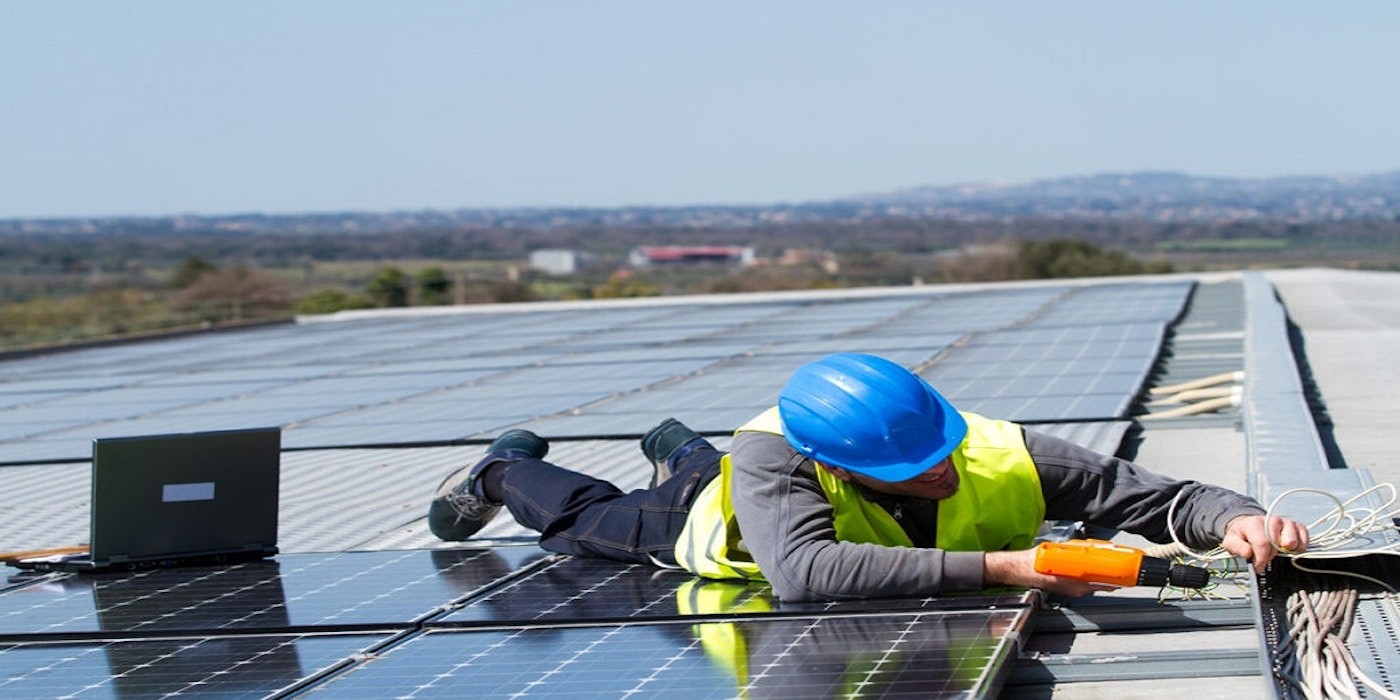
Where Solar Energy is Commonly Used
Solar energy finds applications across a diverse range of sectors in Australia. Here are some common areas where solar energy is commonly used:
- Commercial buildings and offices: Solar systems can power lighting, heating, ventilation, and air conditioning systems in office spaces, reducing electricity bills and environmental impact.
- Manufacturing and industrial facilities: Solar energy can meet the substantial energy demands of manufacturing and industrial operations, powering machinery and equipment.
- Retail and shopping centres: Solar installations can offset the electricity consumed by lighting, escalators, and other electrical systems.
- Educational institutions: Schools and universities can leverage solar energy to reduce operating costs and teach students about renewable energy.
- Agricultural and farming operations: Solar systems can power irrigation, farm machinery, and livestock facilities, promoting sustainable agriculture practices.
Advantages and Considerations for Each Sector
The adoption of solar energy brings sector-specific advantages and considerations. Let's explore some key points for each sector:
- Cost savings and return on investment: Solar energy allows businesses in every sector to reduce operational costs and achieve a positive return on investment over time.
- Environmental sustainability goals: Embracing solar energy aligns with Australia's commitment to reducing carbon emissions and achieving sustainability targets.
- Government incentives and regulations: Various incentives, grants, and feed-in tariff programs provided by the Australian government make solar energy an even more appealing option for businesses.
Financial Considerations: Evaluating Commercial Solar Costs
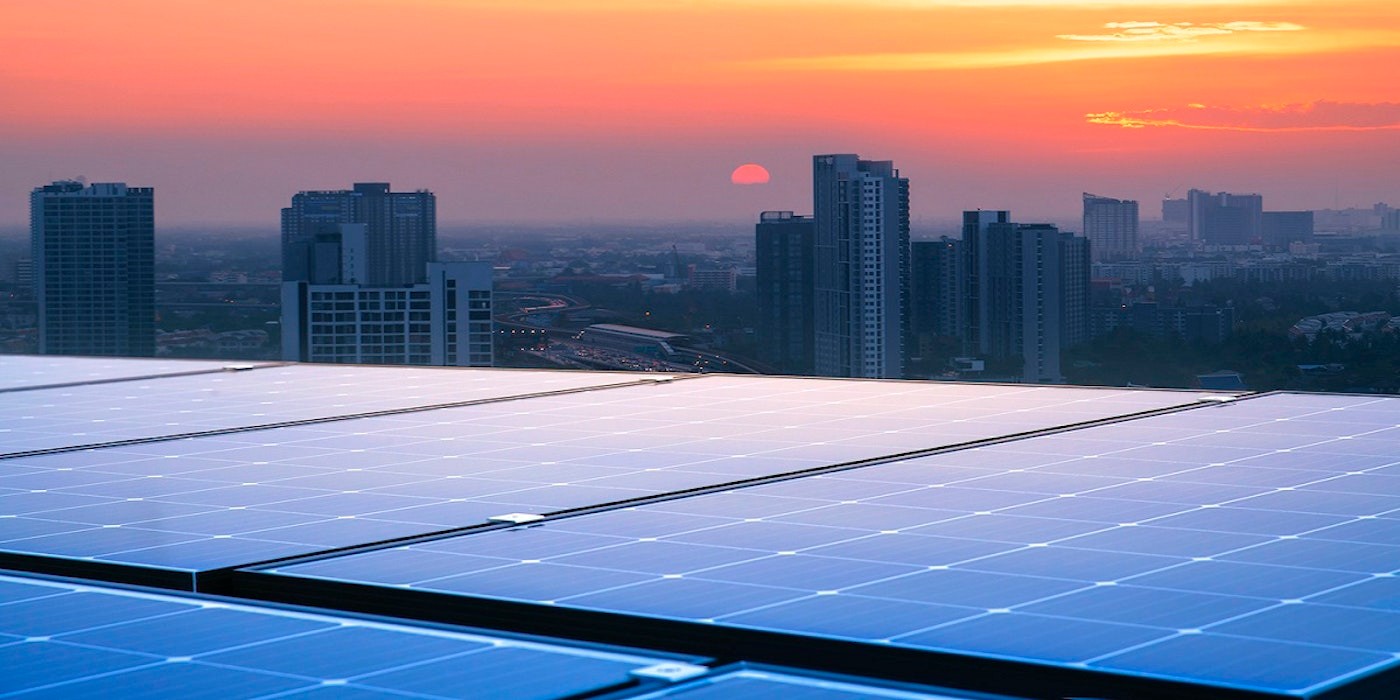
Several factors influence the cost of commercial solar systems. These factors include:
- System size and capacity: The size of the solar installation and the amount of electricity it can generate affect the overall cost.
- Equipment quality and efficiency: High-quality solar panels and inverters may have a higher price tag but offer better long-term performance and reliability.
- Installation complexity and site requirements: Roof accessibility, structural considerations, and grid connection requirements can influence installation costs.
Cost Breakdown of a Typical Commercial Solar Installation
To understand the financial implications of commercial solar systems, it's essential to consider the various cost components involved. A typical commercial solar installation consists of the following:
- Equipment and materials: The cost of solar panels, inverters, mounting systems, and other necessary equipment.
- Engineering and design: Professional services are required for system design and engineering.
- Installation labour and permits: Costs associated with installing the solar system, including labour, permits, and inspections.
- Maintenance and monitoring: Ongoing costs for system maintenance, cleaning, and monitoring to ensure optimal performance.
Assessing the Financial Viability of Commercial Solar Projects
Determining the financial viability of a commercial solar project requires careful analysis. Consider the following factors:
- Return on investment (ROI) calculations: Assess the solar system's expected savings and revenue generation compared to the upfront costs.
- Tax incentives, grants, and financing options: Explore available government incentives, grants, tax benefits, and financing options to offset the initial investment and improve the financial outlook.
- Long-term cost savings and payback periods: Consider the long-term benefits of reduced energy costs and payback periods to evaluate the project's overall financial feasibility.
Final Thoughts
As we conclude our exploration of commercial solar systems and their potential for sustainable energy solutions, it is clear that these systems offer significant benefits to businesses in Australia. With the increasing global focus on reducing carbon emissions and transitioning to renewable energy sources, commercial solar systems have emerged as a practical and environmentally friendly choice. The advantages of commercial solar systems are manifold. Businesses can enjoy reduced energy costs and achieve long-term savings by generating electricity on-site. By leveraging the sun's power, companies can shield themselves from the volatility of traditional energy prices, improving their financial stability and competitiveness.
Moreover, embracing commercial solar systems enables businesses to showcase their commitment to environmental responsibility. As the demand for sustainable practices grows among consumers, investors, and regulatory bodies, companies that adopt solar energy position themselves as leaders in sustainability. By reducing their carbon footprint and promoting clean energy, companies can attract environmentally conscious customers, build brand loyalty, and enhance their reputation in the market.
FAQs
What is a commercial solar system?
A commercial solar system is a solar energy installation designed for large-scale production and consumption by businesses and organisations. It typically consists of solar panels, inverters, mounting systems, and monitoring technologies. Commercial solar systems are customised to meet the specific energy needs of businesses, offering benefits such as reduced energy costs, environmental sustainability, and energy independence.
How do commercial solar panels work?
Commercial solar panels work by utilising photovoltaic (PV) technology. The panels comprise multiple solar cells, usually semiconductor materials like silicon. When sunlight hits the solar cells, it excites the electrons, generating a flow of electricity known as direct current (DC). Inverters convert this DC electricity into alternating current (AC), suitable for powering electrical appliances and equipment.
Where is solar energy commonly used in Australia?
Solar energy is commonly used across various sectors in Australia. It finds applications in commercial buildings and offices, manufacturing and industrial facilities, retail and shopping centres, educational institutions, and agricultural operations. These sectors benefit from solar energy by reducing energy costs, promoting sustainability, and achieving energy independence.
How much does a commercial solar system cost?
The cost of a commercial solar system varies depending on several factors, including system size, equipment quality, installation complexity, and site requirements. It is recommended to consult with solar energy providers and obtain customised quotes for accurate cost estimates. While upfront costs may be involved, businesses can enjoy long-term savings on energy bills, making commercial solar systems a cost-effective investment in the long run.
Are there any government incentives or grants available for commercial solar systems?
Yes, the Australian government offers various incentives and grants to encourage the adoption of solar energy, including commercial solar systems. These incentives may include Renewable Energy Target (RET) schemes, Small-scale Technology Certificates (STCs), and grants provided by state or territory governments. Additionally, businesses may be eligible for tax benefits and accelerated depreciation for their solar installations. It is advisable to consult with a qualified solar installer or financial advisor to explore available incentives and grants specific to your location and circumstances.
How can credit finance professionals assist businesses in adopting commercial solar systems?
Credit finance professionals are crucial in assisting businesses with the financial aspects of adopting commercial solar systems. They can evaluate the return on investment (ROI) of solar projects, explore financing options, and provide guidance on available government incentives and grants. By leveraging their financial expertise, credit finance professionals can help businesses make informed decisions that align with their financial goals and sustainability objectives.
What are the environmental benefits of commercial solar systems?
Commercial solar systems offer several environmental benefits. By harnessing the sun's power, businesses can reduce their reliance on fossil fuels, resulting in lower greenhouse gas emissions and a smaller carbon footprint. Solar energy is a clean and renewable power source, helping mitigate climate change's impacts. Embracing solar energy demonstrates a commitment to environmental responsibility and can contribute to a greener and more sustainable future.
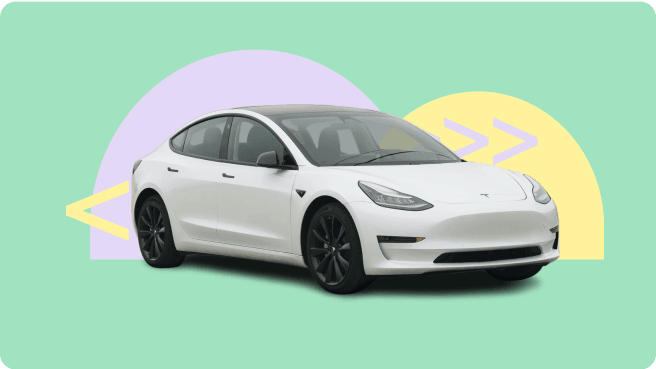

.png)





